The Big Picture on Food and Our Planet
It’s easy to feel like our daily habits are just a drop in the ocean when it comes to environmental change. But what we choose to eat has a surprisingly large ripple effect. Consider this: livestock production is a massive driver of environmental change, accounting for over 70% of food-related greenhouse gas emissions, as highlighted in a perspective published by the National Center for Biotechnology Information (NCBI). That single piece of information reframes our dinner plate from a personal choice to a planetary one.
This isn't about creating guilt. It's about recognizing an opportunity. When we see the scale of the problem, we also see the power of the solution. Shifting toward a more plant-centric way of eating is one of the most direct ways an individual can lessen their demand on the planet's resources. The plant based diet benefits extend far beyond our own health, helping to conserve water, protect land, and reduce emissions.
Think of this article as a friendly guide. We're not here to demand perfection or push an all-or-nothing approach. Instead, our goal is to give you the knowledge to make food choices that feel good and align with your values. Understanding the world of sustainable vegan protein is about empowerment, not restriction. Let's explore what that looks like in practice.
Comparing Proteins by Environmental Cost

With the big picture in mind, let's look at the specifics. Not all protein sources are created equal when it comes to their environmental price tag. Animal proteins, particularly beef, carry a heavy cost. This is due to a few key factors: the immense amount of land needed for grazing and growing feed crops, the staggering volume of water required, and the potent methane emissions produced by cattle.
In sharp contrast, plant-based proteins offer a much lighter footprint. They generally require significantly less land and water to produce. This introduces a powerful concept called "land sparing." By choosing plant proteins, we reduce the demand for agricultural land, which could then be freed up for rewilding projects that restore ecosystems and capture carbon from the atmosphere. The overall environmental impact of a vegan diet becomes clear when you see the numbers side-by-side.
Of course, it's important to maintain a balanced perspective. The journey to sustainability is nuanced, and some plant-based options are better than others. Highly industrialized processing for certain protein isolates can require considerable energy and resources. However, when you compare the starting points, the advantage of plants is undeniable.
Environmental Footprint of Common Protein Sources (per 100g of protein)
| Protein Source | Greenhouse Gas Emissions (kg CO2eq) | Land Use (m²) | Water Use (Liters) |
|---|---|---|---|
| Beef (Beef Herd) | 49.89 | 163.69 | 1019 |
| Chicken | 5.7 | 6.9 | 528 |
| Tofu (Soy) | 1.98 | 2.2 | 148 |
| Peas | 0.44 | 3.4 | 396 |
| Lentils | 0.4 | 3.4 | 246 |
Data is based on global averages from Our World in Data, sourced from the largest meta-analysis of global food systems to date (Poore & Nemecek, 2018). Figures can vary based on specific farming practices and location.
A Closer Look at Sustainable Plant Proteins
Now that we've seen the data, let's get to know some of the best plant-based players. Understanding the nuances of different options helps you make even smarter choices at the grocery store.
The Sustainability Superstars: Legumes
Lentils, chickpeas, beans, and peas are true heroes of the plant kingdom. They are incredibly resource-efficient, requiring little water and land. Even better, they have a unique ability to perform nitrogen fixation. This means they pull nitrogen from the air and convert it into a nutrient in the soil, naturally enriching it and reducing the need for synthetic fertilizers that can pollute waterways.
Clearing the Air on Soy
Soy often gets a bad rap, with conversations linking it to deforestation. Here’s a crucial clarification: the vast majority of soy grown globally is used for animal feed, not for human consumption. When you choose soy for your own plate, you're not driving that demand. To make the best choice, look for organic, non-GMO soy grown in the US or Canada, which ensures it comes from more sustainable farming systems.
Nuts and Seeds: A Mixed Bag
Nuts and seeds are fantastic sources of protein and healthy fats. Options like hemp and flax seeds are particularly low-impact and grow well in diverse climates. However, it's also where nuance becomes important. For example, almonds require a significant amount of water to grow, which is a serious concern in drought-prone regions like California. This doesn't mean you must avoid them entirely, but it's a reminder that context matters.
The Future of Protein
Innovation is also shaping the future of protein. Sources like mycoprotein (derived from fungi) and algae are emerging as highly sustainable alternatives that can be produced with a tiny fraction of the resources needed for traditional agriculture. Keep an eye on these as they become more widely available.
Here are some top eco friendly protein sources to add to your shopping list:
- Lentils and beans
- Chickpeas
- Peas
- Hemp seeds
- Organic, US-grown tofu and tempeh
If you're wondering how to turn these ingredients into a delicious meal, you can find some fantastic ideas in our collection of easy vegan protein recipes.
How Your Protein Is Made Matters

The story of your food doesn't end with what it is; it also includes how it gets to you. The journey from farm to table plays a big role in its final environmental cost. For instance, there's a difference between eating whole plant foods, like a can of chickpeas, and consuming a highly processed protein isolate. The extra steps of processing, packaging, and shipping all add to the energy bill, which is a key part of how to reduce your food carbon footprint.
This is where sustainable farming practices become so important. When you see these terms, here’s what they mean:
- Regenerative Agriculture: A set of farming principles that aims to restore soil health, improve biodiversity, and capture carbon in the soil.
- Organic Farming: Avoids synthetic pesticides and fertilizers, which protects local ecosystems and water quality.
- Dry Farming: A technique used in arid regions to grow crops like beans and grains with little to no irrigation, conserving precious water resources.
As a shopper, you have power. Read labels and look for certifications like USDA Organic and Non-GMO Project Verified. Choose brands that are transparent about where and how they source their ingredients. If you're looking for a convenient option, it's worth exploring the best protein powders from brands that prioritize sustainability and ingredient quality. Choosing products like a clean, third-party tested chocolate vegan protein ensures you're getting quality without hidden compromises.
Making Your Diet an Act of Environmentalism
Choosing a sustainable vegan protein is more than just a dietary decision; it's a powerful and positive action for the planet. Every time you opt for plants over animal products, you are casting a vote for a system that uses less water, less land, and produces far fewer emissions. It’s a simple choice with a profound impact.
This journey is about progress, not perfection. You don't have to change everything overnight. Small, consistent steps are what build lasting habits and create meaningful change. Here are a few easy ideas to get started:
- Try a "Meatless Monday" with your family.
- Swap ground beef for lentils in your favorite pasta sauce or chili recipe.
- Experiment with different plant-based milks in your morning coffee or smoothie.
- Add a scoop of plant-based protein to your post-workout shake.
Feeling inspired? Share this article with a friend who might find it helpful. For more tips on living a healthy, sustainable lifestyle, feel free to read more on our blog. Ready to take the next step? Explore our full collection of thoughtfully sourced, plant-based products to support your journey.



